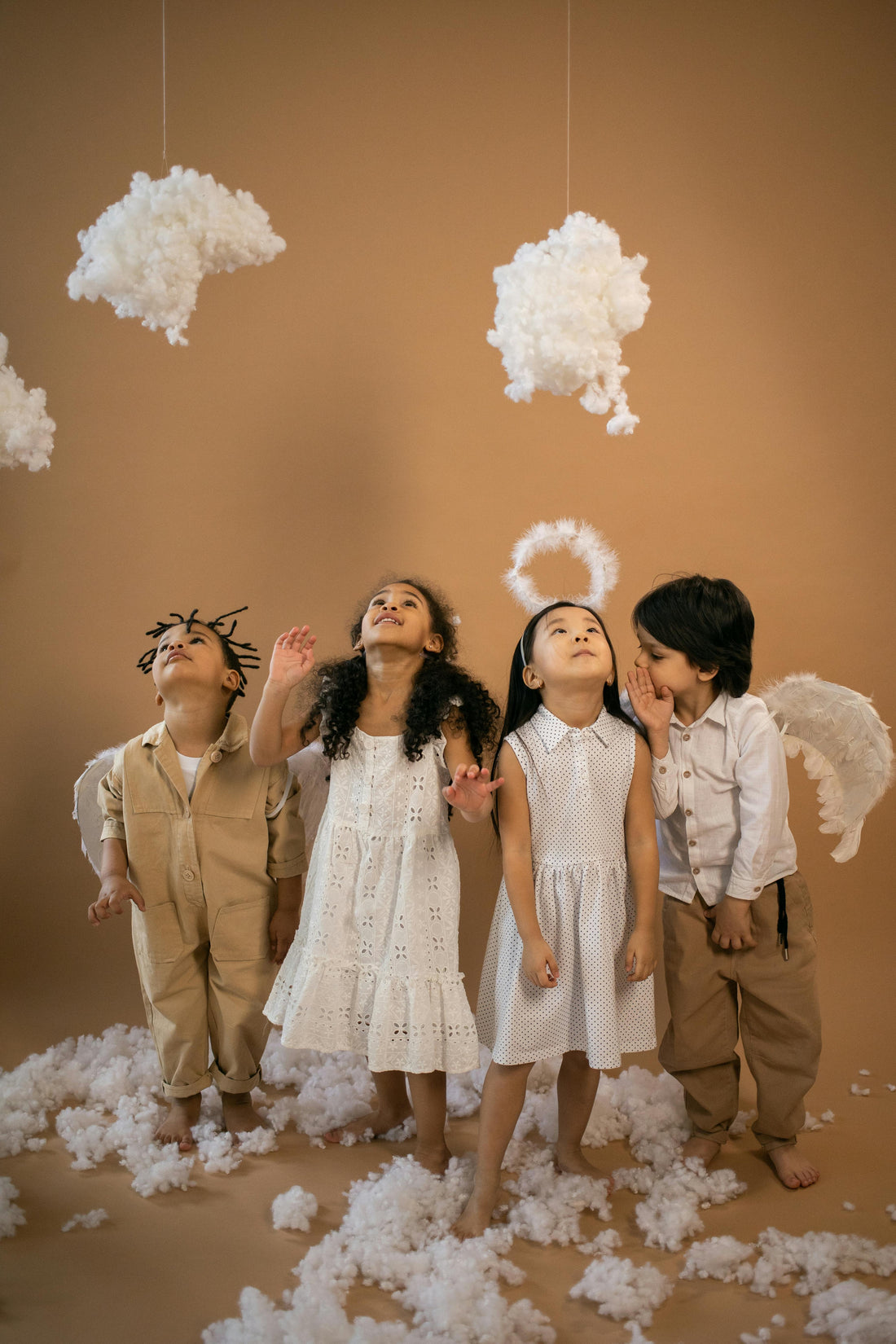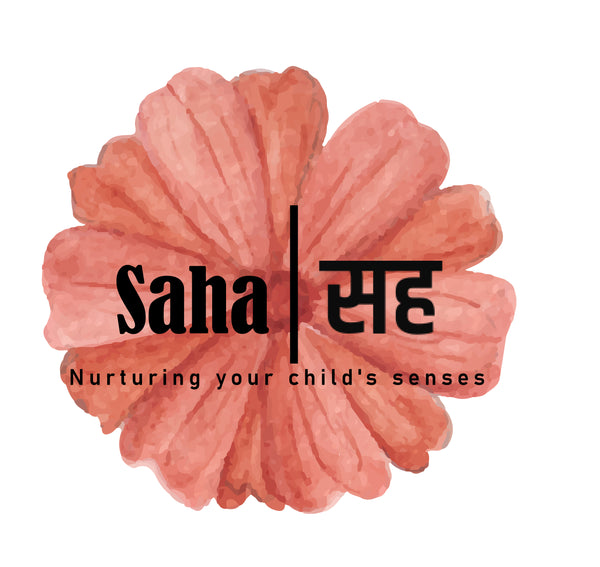
Aesthetic Development in Children: What is it, how does it happen, and are there factors affecting it?
Share
Aesthetic is one such word that has been used all over the internet and is often associated with something beautiful and pleasing to the eyes. But what is aesthetic in children and their development? Well, we shall deep dive into the aesthetic development of children in this blog and see how it affects children and their development.
What is aesthetic development in children?
Aesthetics is nothing but a connection and study of beauty. When we associate it with children's development, it simply means creating a stimulating environment with activities related to music, arts, drama, and dance to enhance children’s thinking and learning capacities.
Through aesthetic development, children are given the chance to express their ideas and views through art, music, and dance. This keeps their creative juices flowing and also enhances other domains such as cognitive, social, language, and physical development.
There are many theories on aesthetic development in children; let’s take a look at a couple of them.
John Dewey, an American psychologist, philosopher, and educationalist, believed that children learned best when they formed their own views. Their learning process is enhanced when they gain new experiences and interactions. As they grow and connect past knowledge with new experiences, they will form their own thoughts on beauty, and that’s how they will evolve.
Dewey also believed that early childhood educators play a key role in the aesthetic development of children, as they could provide children with opportunities to experience aesthetics for psychological, cognitive, social, and cultural development.
Another theory is by Rudolf Steiner, who was an Austrian lecturer, spiritualist, and founder of anthroposophy. According to him, children need moral, intellectual, and spiritual development.
This theory focuses on the fact that children between the ages of 0 and 7 learn the most from their environment, and this could be achieved by including music, art, and pretend play. It also helps children retain information through their impressions and imagination.
How does the aesthetic development of children happen?
According to theorists, aesthetic development in children happens gradually over time with experience. It depends on the environment and the interaction a child has with its surroundings. Additionally, it also requires children to be aware of things like color, texture, figure, balance, size, and volume, among other things.
What are the factors that affect children’s aesthetic development?
Since the aesthetic development of children is associated with their physical, social, cognitive, and emotional growth, factors such as the experiences they go through, the relationships they build, the environment they’re raised in, and their cultural background can affect their aesthetic development.
Aesthetic development in children is all about gaining experiences that integrate the mind, body, and emotions. This way, it enhances personal growth in children and teaches them to express their emotions and views through music, dance, and art.
Footnotes
- Nifty. (2018, April 30). Aesthetic development. KDMA World School. https://www.kdmaworld.com/holistic-development/aesthetic-development/
- Main, P (2023, February 14). John Dewey's Theory. Retrieved from https://www.structural-learning.com/post/john-deweys-theory
- Ko , C. H., & Chou , M. J. (2014). AESTHETICS IN EARLY CHILDHOOD EDUCATION: THE COMBINATION OF TECHNOLOGY INSTRUMENTS IN CHILDREN’S MUSIC, VISUAL ARTS AND PRETEND PLAY (Publication No. ISSN: 1549-3652) [©2014 Science Publication, Department of Early Childhood Education, Taiwan Shoufu University, R.O.C., Taiwan]. https://pdfs.semanticscholar.org/77ed/0f0d3af32ed177b7acc9e92fdd01b84b3da3.pdf
